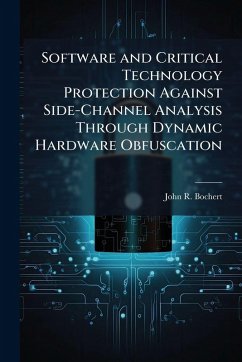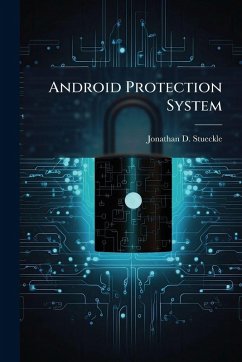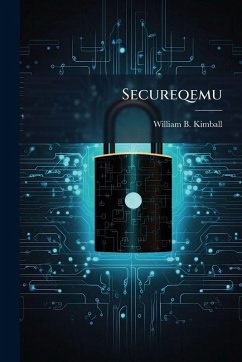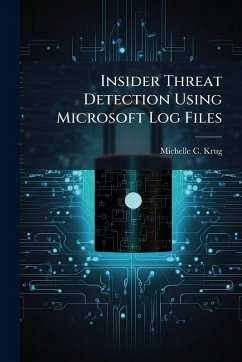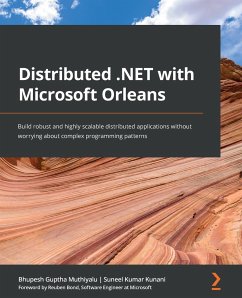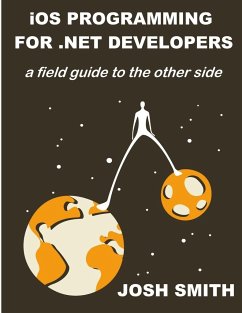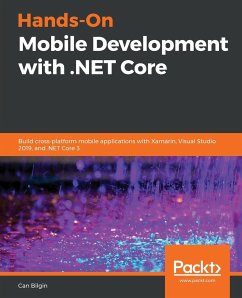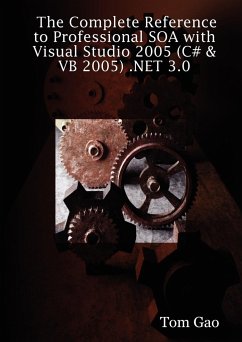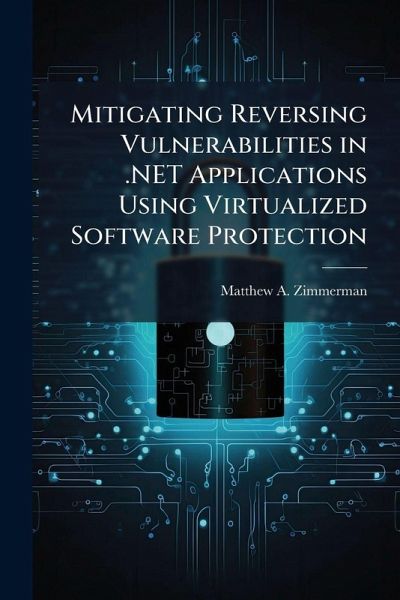
Mitigating Reversing Vulnerabilities in .NET Applications Using Virtualized Software Protection

PAYBACK Punkte
8 °P sammeln!
Protecting intellectual property contained in application source code and preventing tampering with application binaries are both major concerns for software developers. Simply by possessing an application binary, any user is able to attempt to reverse engineer valuable information or produce unanticipated execution results through tampering. As reverse engineering tools become more prevalent, and as the knowledge required to effectively use those tools decreases, applications come under increased attack from malicious users.Emerging development tools such as Microsoft's .NET Application Frame...
Protecting intellectual property contained in application source code and preventing tampering with application binaries are both major concerns for software developers. Simply by possessing an application binary, any user is able to attempt to reverse engineer valuable information or produce unanticipated execution results through tampering. As reverse engineering tools become more prevalent, and as the knowledge required to effectively use those tools decreases, applications come under increased attack from malicious users.Emerging development tools such as Microsoft's .NET Application Framework allow diverse source code composed of multiple programming languages to be integrated into a single application binary, but the potential for theft of intellectual property increases due to the metadata-rich construction of compiled .NET binaries. Microsoft's new Software Licensing and Protection Services (SLPS) application is designed to mitigate trivial reversing of .NET applications through the use of virtualization. This research investigates the viability of the SLPS software protection utility Code Protector as a means of mitigating the inherent vulnerabilities of .NET applications.The results of the research show that Code Protector does indeed protect compiled .NET applications from reversing attempts using commonly-available tools. While the performance of protected applications can suffer if the protections are applied to sections of the code that are used repeatedly, it is clear that low-use .NET application code can be protected by Code Protector with little performance impact. This work has been selected by scholars as being culturally important, and is part of the knowledge base of civilization as we know it. This work was reproduced from the original artifact, and remains as true to the original work as possible. Therefore, you will see the original copyright references, library stamps (as most of these works have been housed in our most important libraries around the world), and other notations in the work. This work is in the public domain in the United States of America, and possibly other nations. Within the United States, you may freely copy and distribute this work, as no entity (individual or corporate) has a copyright on the body of the work. As a reproduction of a historical artifact, this work may contain missing or blurred pages, poor pictures, errant marks, etc. Scholars believe, and we concur, that this work is important enough to be preserved, reproduced, and made generally available to the public. We appreciate your support of the preservation process, and thank you for being an important part of keeping this knowledge alive and relevant.



